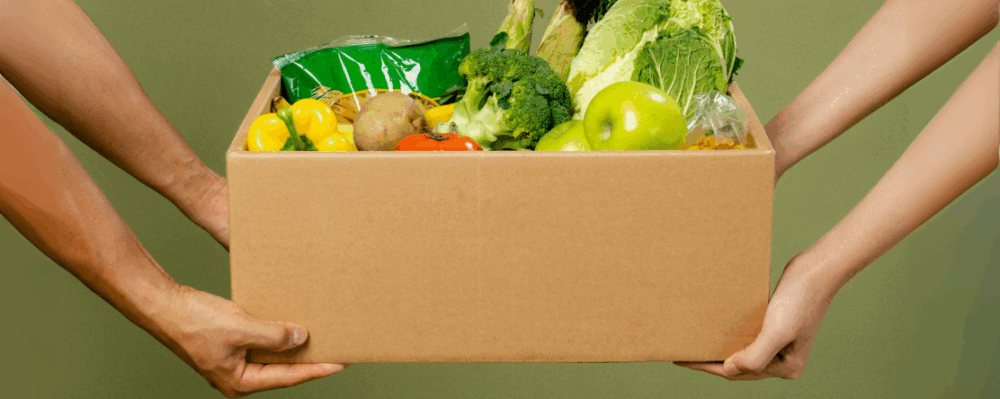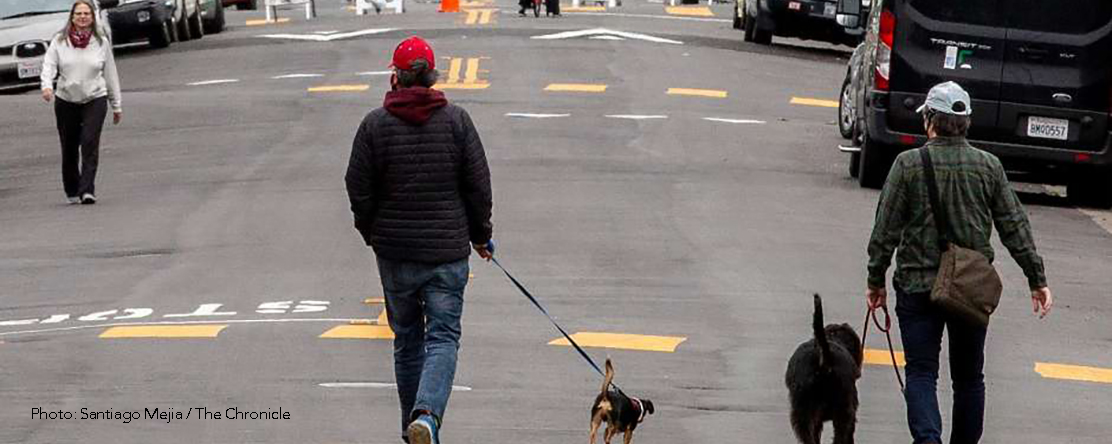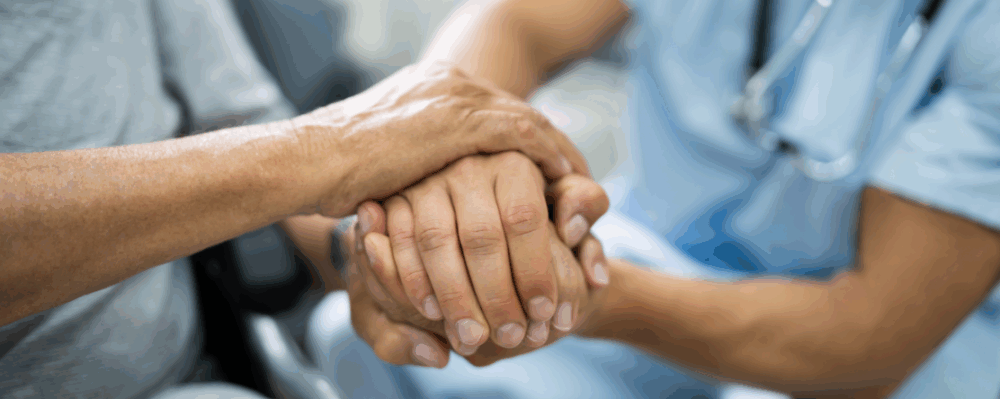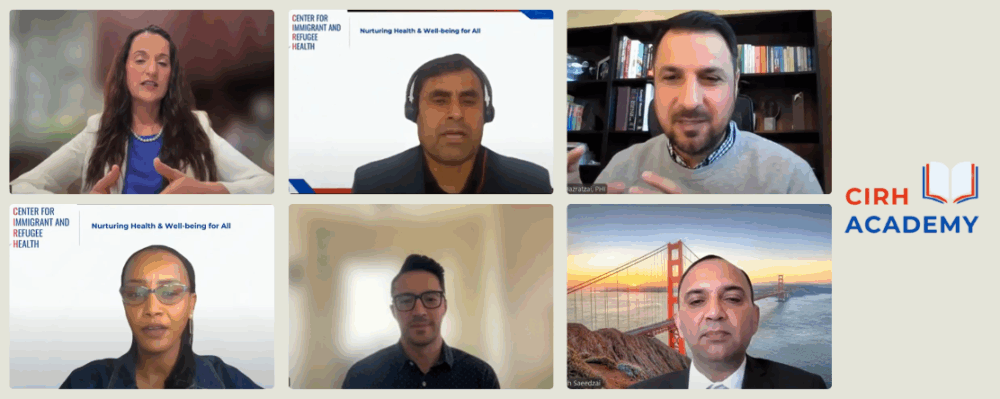
Close Off Some Streets — for the Health of the Public
- Robert Ogilvie, Harold Goldstein, Mary Pittman
-
Focus Areas
Communicable Disease Prevention -
Strategic Initiatives
COVID-19

On March 16, Bay Area counties issued a shelter-in-place directive, an emergency measure that required non-essential businesses to close and asked residents to stay in their homes and keep their distance from others to halt the spread of the coronavirus. Such decisive and early action seems to have succeeded in protecting our region from the worst ravages of the public health crisis brought on by an unprecedented infectious disease. We have much lower rates of infection and death than other major metropolitan areas, and our local elected officials deserve praise for their quick and decisive action.
One month later, the time has come for the mayors in the region to take decisive action again to further safeguard our communities by designating hundreds of miles of our region as “slow streets.”
Slow streets are regular neighborhood streets that have been closed to through traffic with signs and traffic cones at each intersection. (Residents can still drive to and from their homes.)
On slow streets, Bay Area residents can safely walk, wheelchair roll and jog in traffic lanes, as well as on narrow sidewalks, providing enough space to safely socially distance. Slow streets remove the need for those of us cooped up in our homes to rush to crowded parks and beaches on weekends to get outside. They start to equalize the opportunity to be safely outside for disadvantaged communities that lack parks and other open space.
Since COVID-19, there have been far fewer cars on the road, significantly reducing the number of crashes. This avoids trips to the emergency room, which would further stretch a depleted health care system; in fact, since the shelter-in-place order, pedestrian fatalities have plummeted to almost zero in the Bay Area.
As transit service is drastically diminished, especially in urban parts of our region like San Francisco and San Jose, a network of connected slow streets can act as arteries for essential workers to safely walk and bike to their jobs. Cities like San Jose, San Francisco and Los Angeles have already had great success with temporary street closures with programs like Viva CalleSJ, Sunday Streets, and CicLAvia, respectively. It’s time to put these closures in place on a grand scale — and not just on the weekend.
Originally published by SF Chronicle
Work With Us
You change the world. We do the rest. Explore fiscal sponsorship at PHI.
Support Us
Together, we can accelerate our response to public health’s most critical issues.
Find Employment
Begin your career at the Public Health Institute.


